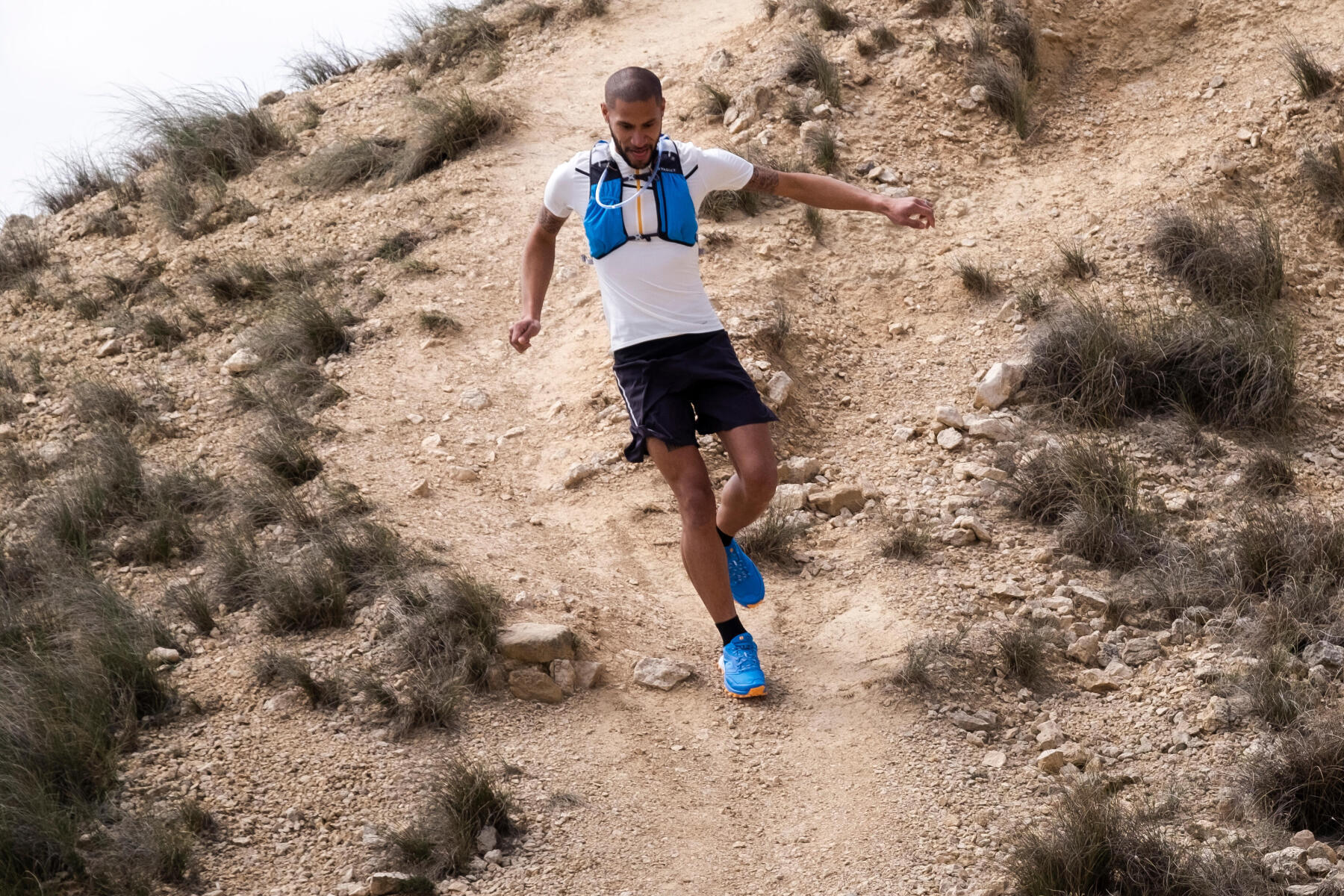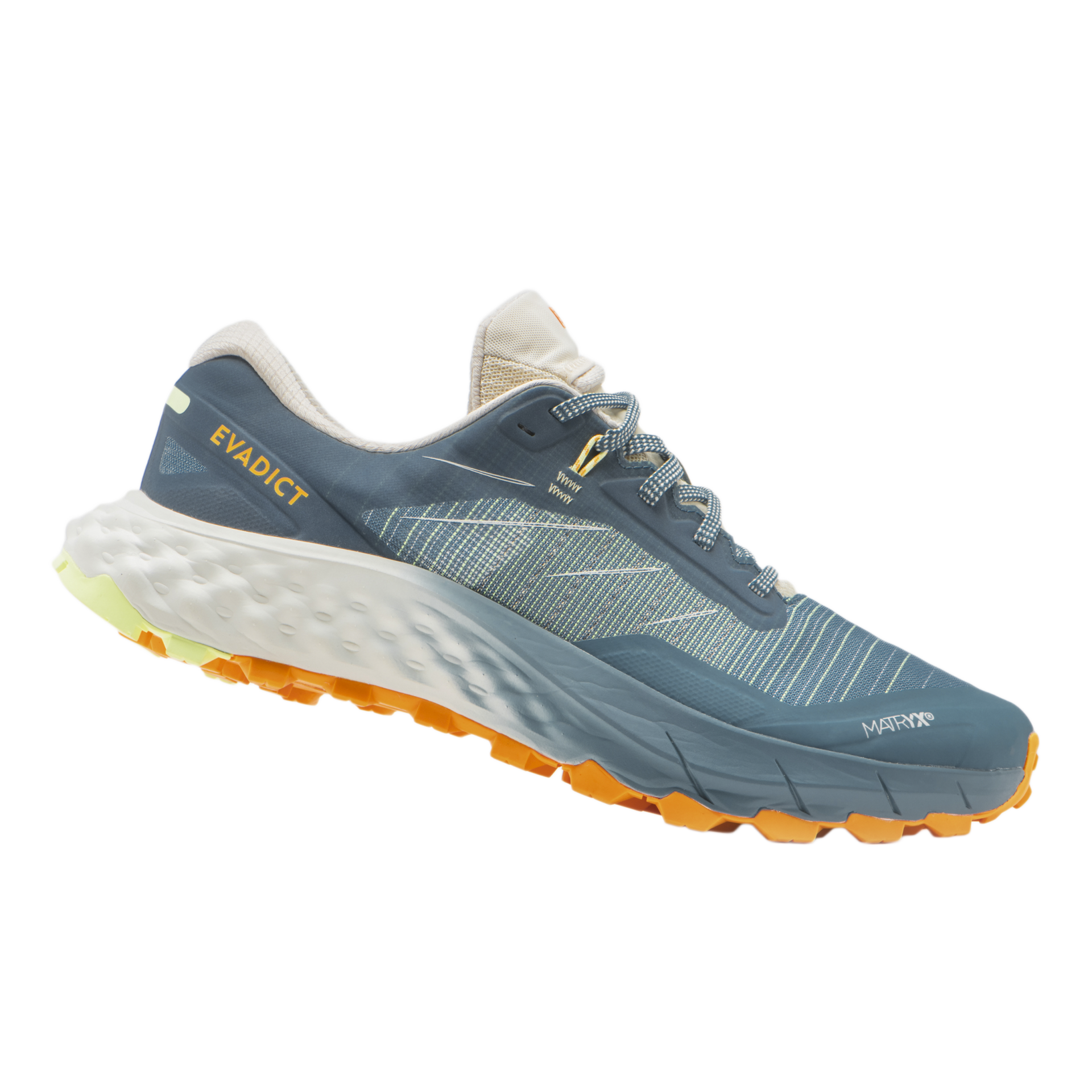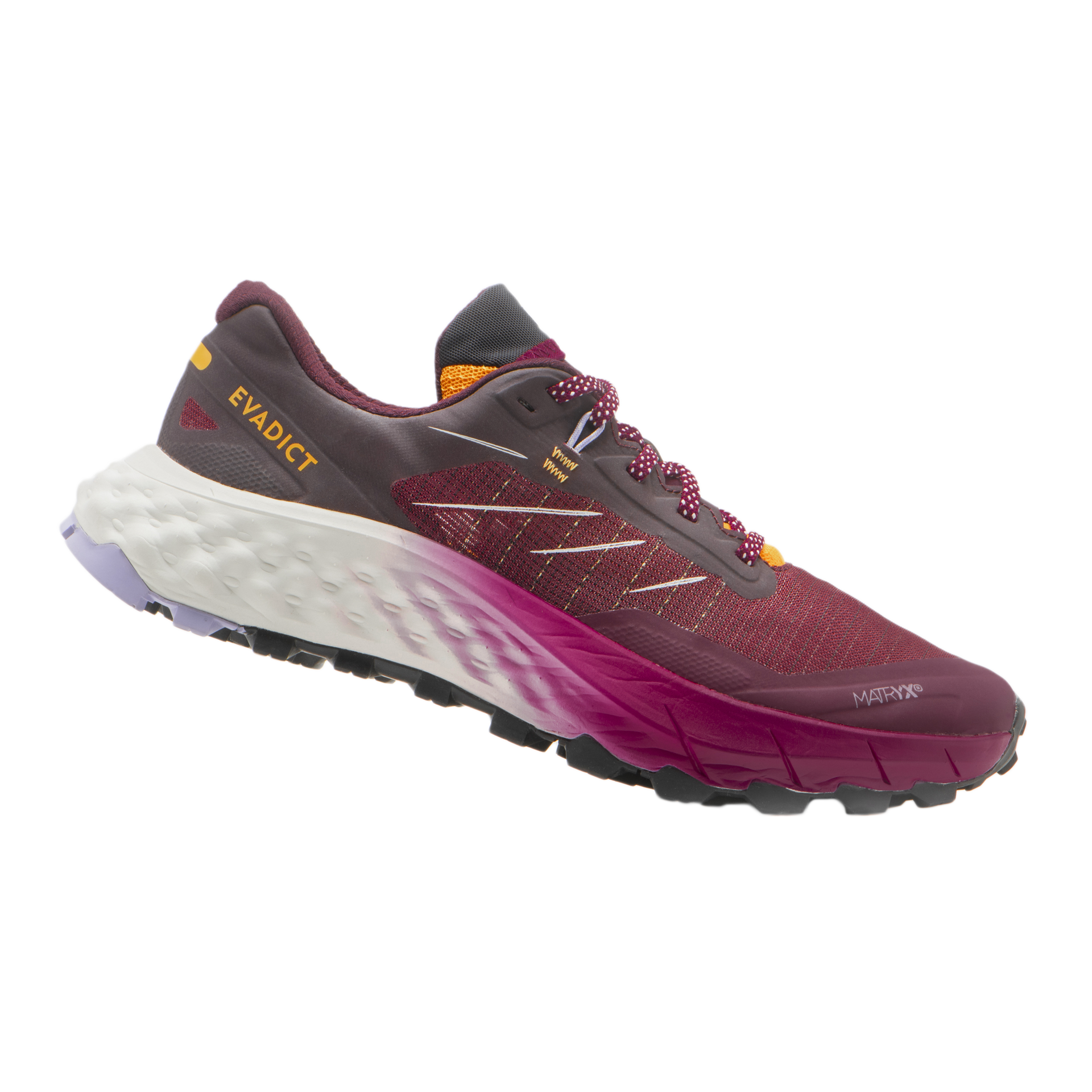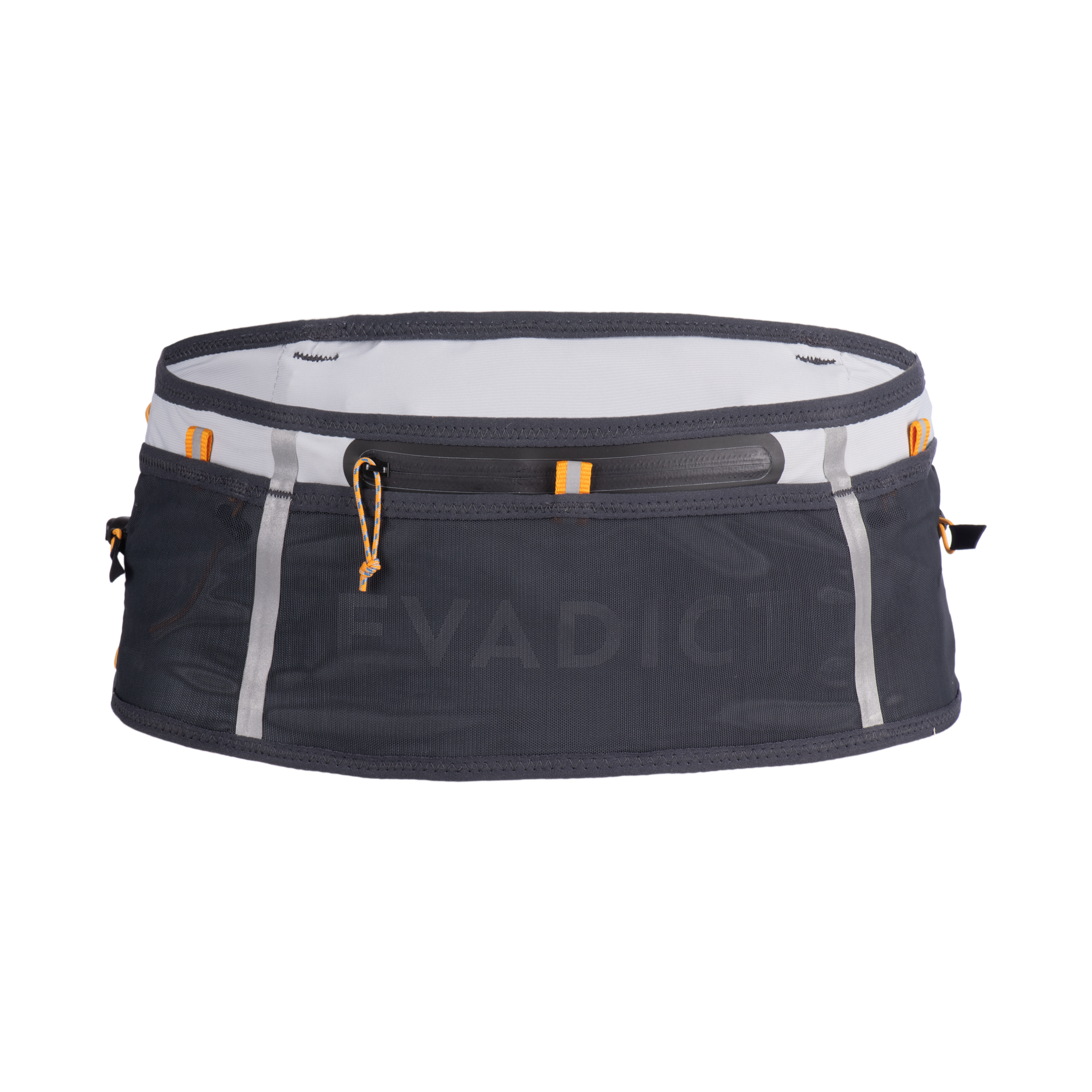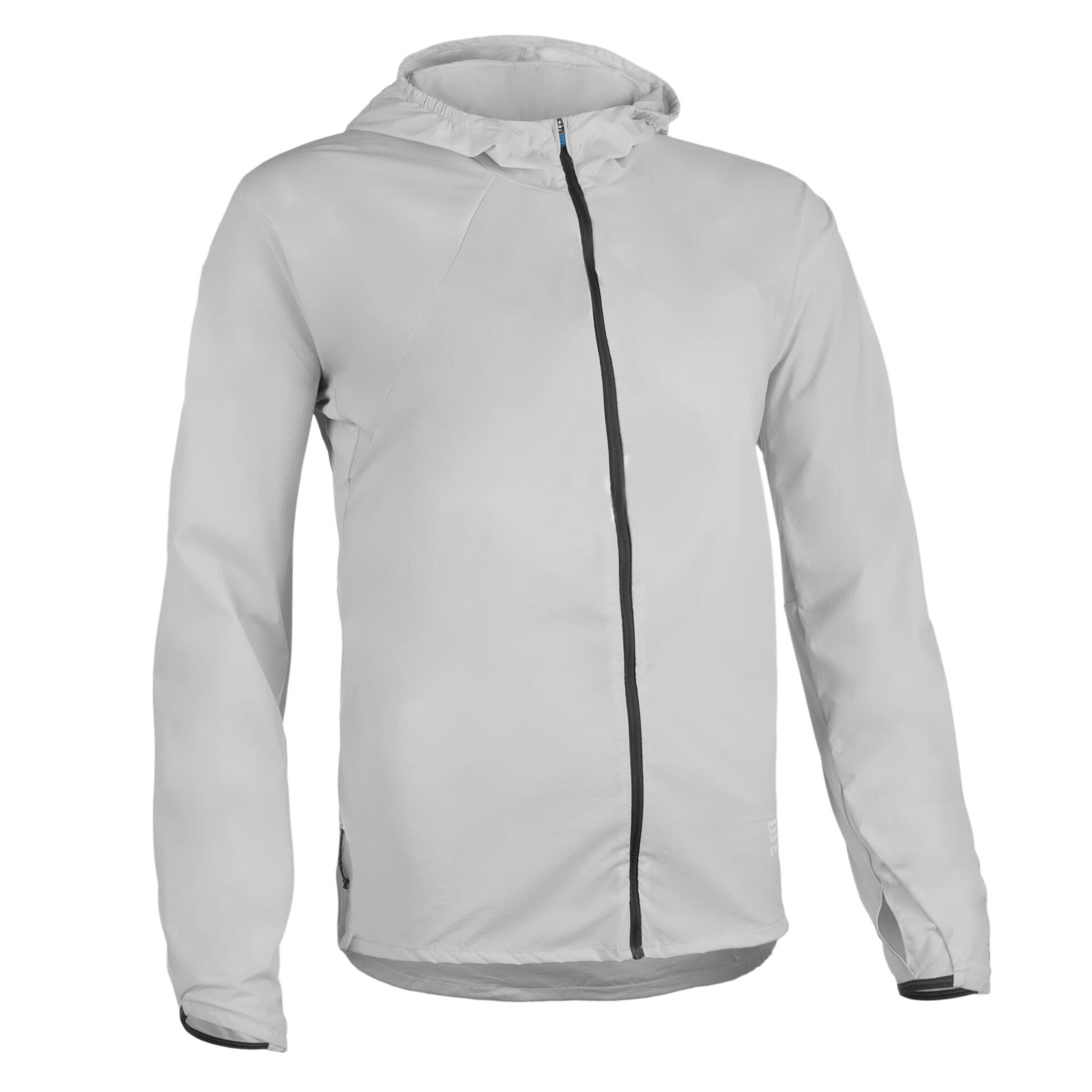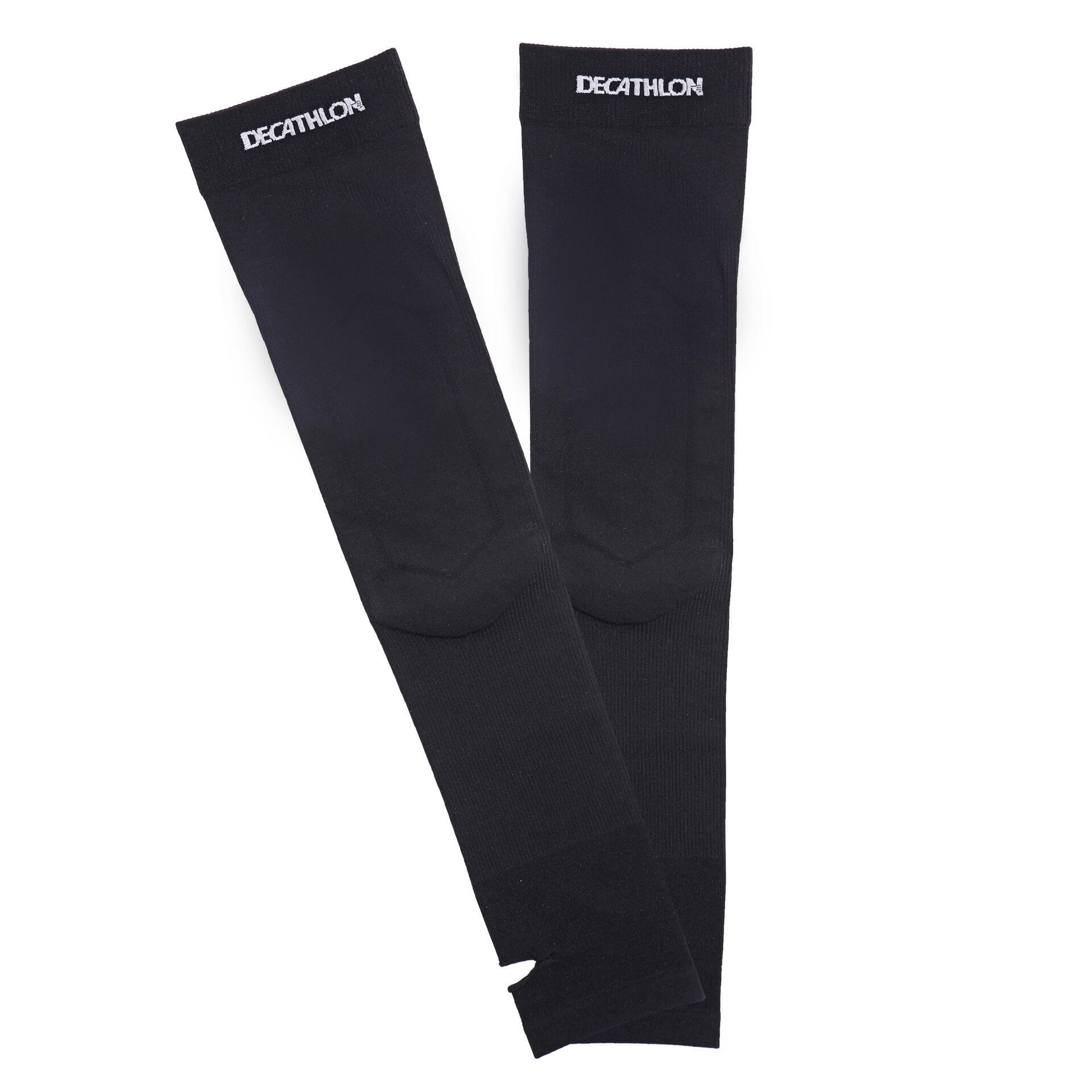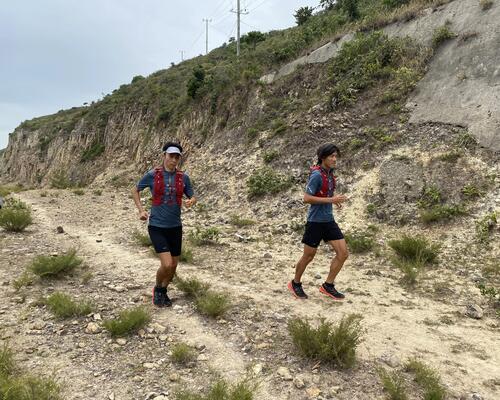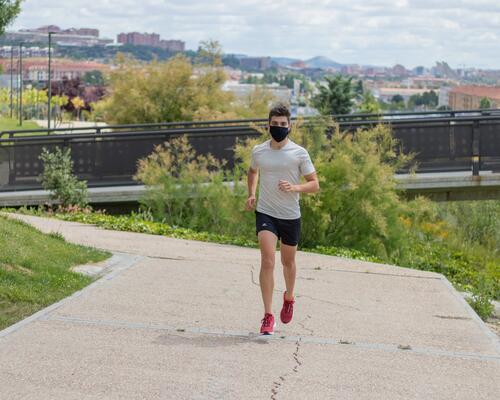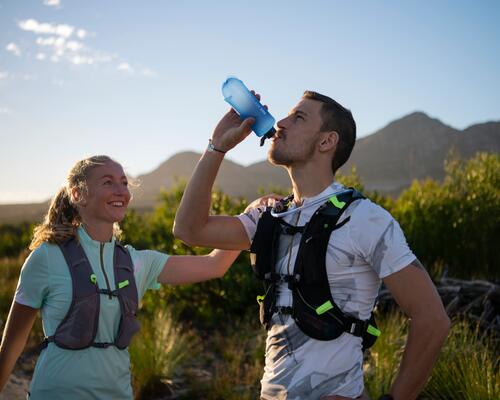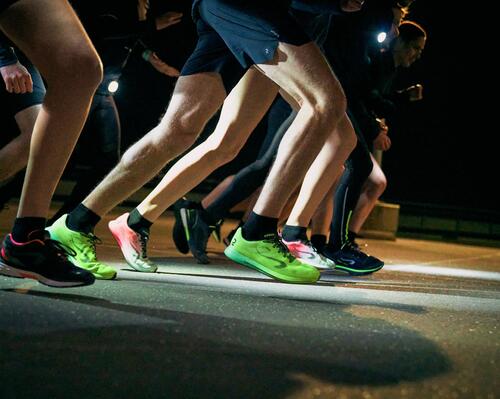Trail Running Shoes
Trail running shoes are one of the most important gears. Trails are composed of undulating and complex terrain, such as sand-covered routes and stone steps in different sizes. It is especially important to choose a pair of trail running shoes with lugged soles and toe protection, which the sole effectively grips the trail surface as well as reducing the risk of slipping when running in high speed. The design of toe protection can prevent injury when kicking into rocks or branches. In addition, support is another important element in trail running shoes. The strong support can bear the weight of the body and reduce the instability of the ankle and the risk of muscle injury caused by overuse. When it comes to buying a pair of trail running shoes, beginners should put these elements into consideration - grip, support, weight and wear-resistance.

